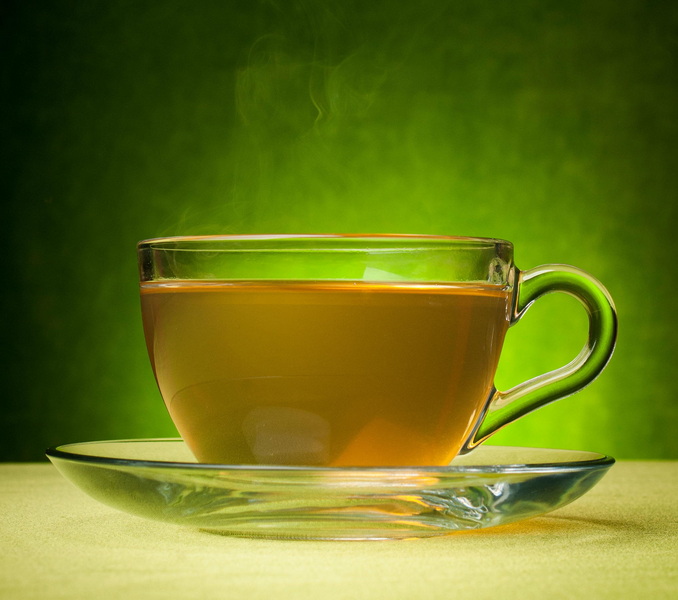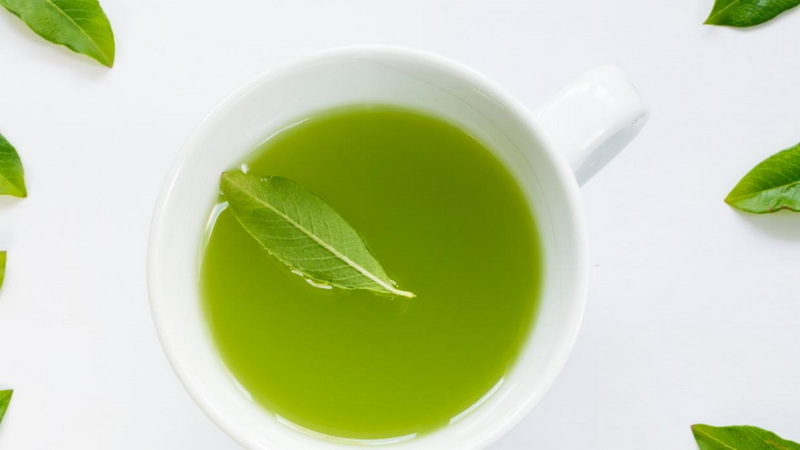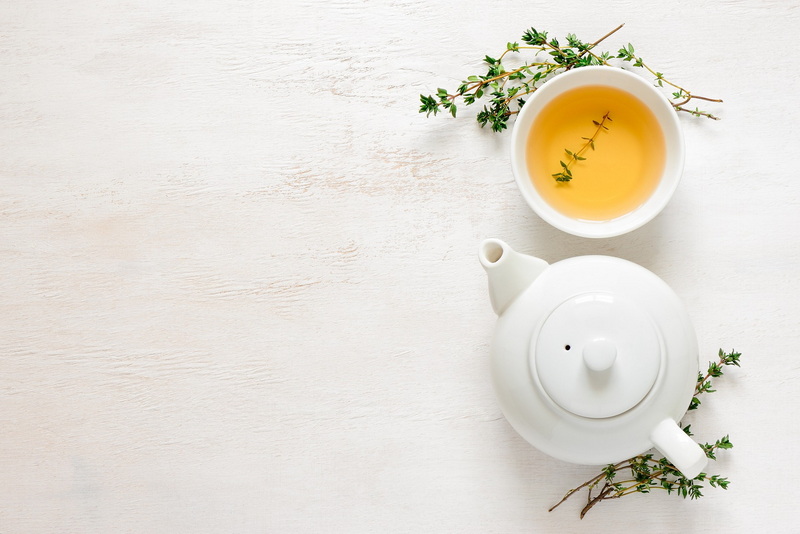Content Menu
● Introduction
● Chemical Composition of Green Tea
● Why Does Green Tea Extract Foam?
>> 1. Presence of Saponins
>> 2. Interaction Between Proteins and Polyphenols
>> 3. Extraction Process
● Factors Influencing Foam Formation
>> 1. Water Quality
>> 2. Temperature
>> 3. Concentration of Extract
● Does Foaming Affect Quality?
● Practical Applications
● How to Reduce Foaming
● Conclusion
● FAQ
>> 1. Why does my green tea bubble like soap?
>> 2. Is it safe to drink foamy green tea?
>> 3. Does water quality affect foaming?
>> 4. Can I reduce the foam in my green tea?
>> 5. Does foaming indicate high-quality green tea?
● Citations:
Green tea is a widely consumed beverage known for its health benefits, from antioxidant properties to weight management. However, an intriguing phenomenon occurs when green tea extract is dissolved in liquid—it often bubbles up like soap. This article explores the scientific reasons behind this behavior, delving into the chemical composition of green tea, its extraction process, and factors contributing to foam formation.

Introduction
Green tea has been cherished for centuries for its numerous health benefits. Originating from China, it is made from the leaves of the Camellia sinensis plant, which are harvested, withered, and then heated to stop fermentation. This process preserves the natural antioxidants and other bioactive compounds that contribute to its unique properties. However, when green tea extract is mixed with water or other liquids, many people notice that it forms bubbles or foam reminiscent of soap. This raises questions about its composition and whether such behavior affects its quality or safety.
Chemical Composition of Green Tea
Green tea contains a variety of bioactive compounds that contribute to its unique properties:
- Catechins: These are polyphenolic antioxidants responsible for many of green tea's health benefits, such as reducing inflammation and improving cardiovascular health. The most abundant catechin in green tea is epigallocatechin gallate (EGCG).
- Saponins: Natural surfactants found in green tea that lower surface tension in liquids and cause foaming. Saponins are glycosides, which are compounds that contain a sugar moiety linked to a non-carbohydrate moiety.
- Proteins and Amino Acids: Compounds like L-theanine contribute to both taste and foam stability. L-theanine is an amino acid known for promoting relaxation and reducing stress levels.
- Polyphenols: These enhance the antioxidant capacity but also interact with other compounds to stabilize bubbles. Polyphenols are a broad class of compounds that include catechins, flavonoids, and phenolic acids.
Why Does Green Tea Extract Foam?
The foaming behavior of green tea extract can be attributed to several factors:
1. Presence of Saponins
Saponins are natural glycosides found in plants, including green tea. They act as surfactants, reducing surface tension in liquids and forming stable bubbles when agitated. The reduction in surface tension allows air bubbles to form more easily and remain stable for longer periods.
2. Interaction Between Proteins and Polyphenols
Proteins in green tea interact with polyphenols to create a film-like structure around air bubbles, stabilizing the foam. This interaction enhances the stability of the bubbles, making them less likely to collapse quickly.
3. Extraction Process
The method used to prepare green tea extract significantly influences its foaming properties:
- Hot Water Extraction: This traditional method releases more saponins and proteins from the tea leaves, leading to increased foaming.
- Ethanol-Based Extractions: These methods may alter the concentration of foaming agents, as ethanol can selectively extract certain compounds over others.
Factors Influencing Foam Formation
Several variables affect how much foam green tea extract produces:
1. Water Quality
Mineral content in water can influence foaming. Distilled water tends to produce more foam due to fewer ions interacting with saponins. Tap water, which contains minerals like calcium and magnesium, can reduce foaming by forming complexes with saponins, thereby reducing their surfactant activity.
2. Temperature
Higher temperatures increase the solubility of saponins and proteins, enhancing foam production. This is why green tea extracts often produce more foam when mixed with hot water compared to cold water.
3. Concentration of Extract
Higher concentrations of green tea extract result in more pronounced foaming due to increased levels of surfactants. This is evident when comparing the foaming of concentrated green tea extracts versus diluted ones.

Does Foaming Affect Quality?
Foaming does not indicate poor quality; rather, it reflects the natural composition of green tea. In fact:
- High Levels of Saponins and Polyphenols: These are often associated with better antioxidant properties and potential health benefits.
- Foam Stability: This can be a marker for purity in some cases, as it indicates the presence of natural surfactants and proteins.
Practical Applications
Understanding why green tea extract foams has practical implications:
- Food Industry: Foam stability can be leveraged in beverages or desserts, enhancing texture and appearance.
- Cosmetics: Saponins' surfactant properties make green tea extracts useful in skincare products, such as cleansers and moisturizers.
- Quality Control: Foam behavior can serve as an indicator during manufacturing processes to ensure consistency in product quality.
How to Reduce Foaming
For those who prefer less foam:
1. Use Tap Water Instead of Distilled Water: Tap water contains minerals that can reduce the surfactant activity of saponins.
2. Lower the Temperature During Preparation: Using cooler water reduces the solubility of saponins and proteins, leading to less foam.
3. Opt for Extracts Processed with Reduced Saponin Content: Some manufacturers may offer extracts with lower saponin levels for reduced foaming.
Conclusion
The bubbling or foaming behavior of green tea extract is a natural result of its chemical composition, particularly saponins and proteins. This phenomenon does not compromise its quality or health benefits but rather highlights its rich bioactive profile. Understanding these properties can enhance the use of green tea extract in various industries and provide consumers with insights into its unique characteristics.

FAQ
1. Why does my green tea bubble like soap?
The bubbles are caused by natural compounds like saponins, which act as surfactants and reduce surface tension in liquids.
2. Is it safe to drink foamy green tea?
Yes, the foam is completely safe and indicates the presence of beneficial compounds like antioxidants.
3. Does water quality affect foaming?
Yes, distilled water tends to produce more foam due to fewer minerals interacting with saponins.
4. Can I reduce the foam in my green tea?
You can reduce foam by using tap water, lowering the temperature, or choosing extracts with lower saponin content.
5. Does foaming indicate high-quality green tea?
Foam stability can be associated with high levels of antioxidants and purity but is not the sole indicator of quality.
Citations:
[1] https://pmc.ncbi.nlm.nih.gov/articles/PMC3749597/
[2] https://patents.google.com/patent/CN112841334A/zh
[3] https://www.healthline.com/health/beauty-skin-care/green-tea-for-acne
[4] https://pmc.ncbi.nlm.nih.gov/articles/PMC7555212/
[5] https://www.webmd.com/vitamins/ai/ingredientmono-960/green-tea
[6] https://www.mdpi.com/2297-8739/10/2/121
[7] https://www.medicalnewstoday.com/articles/269538
[8] https://pmc.ncbi.nlm.nih.gov/articles/PMC5694873/

 English
English 




























